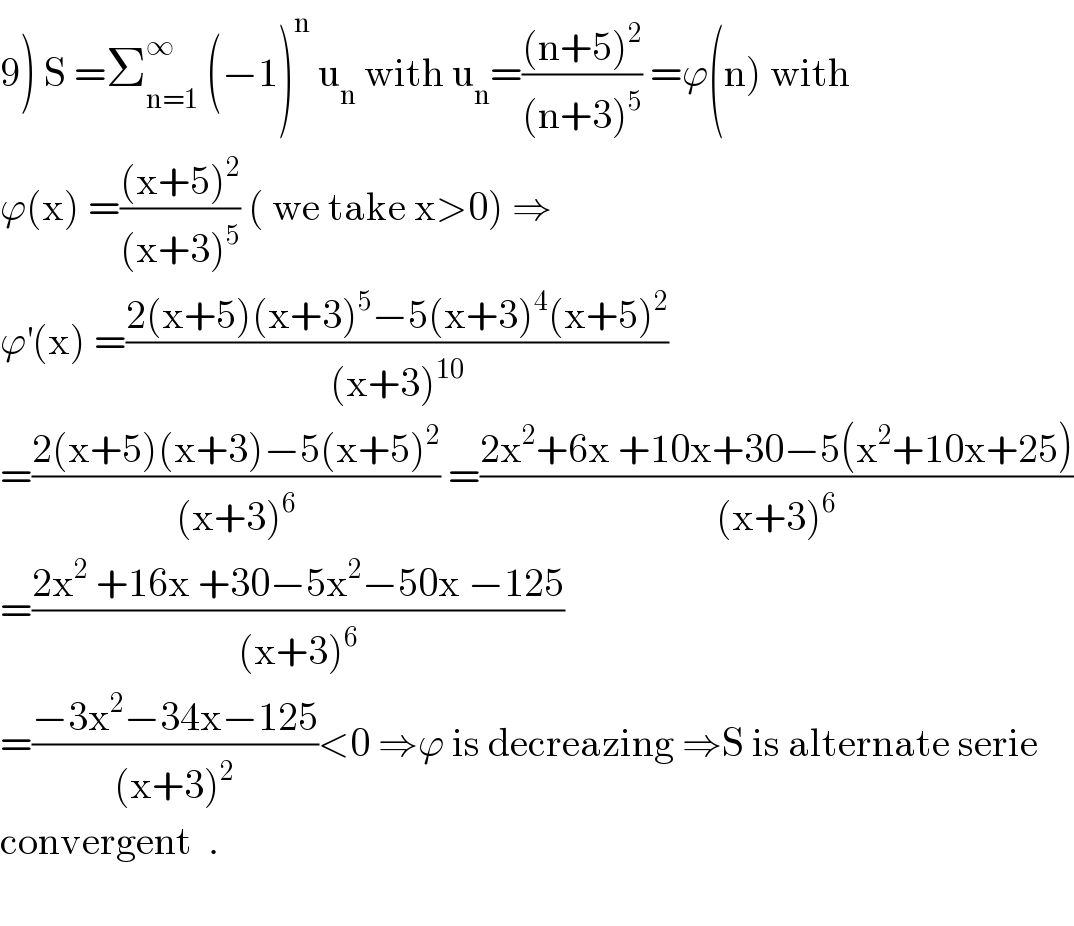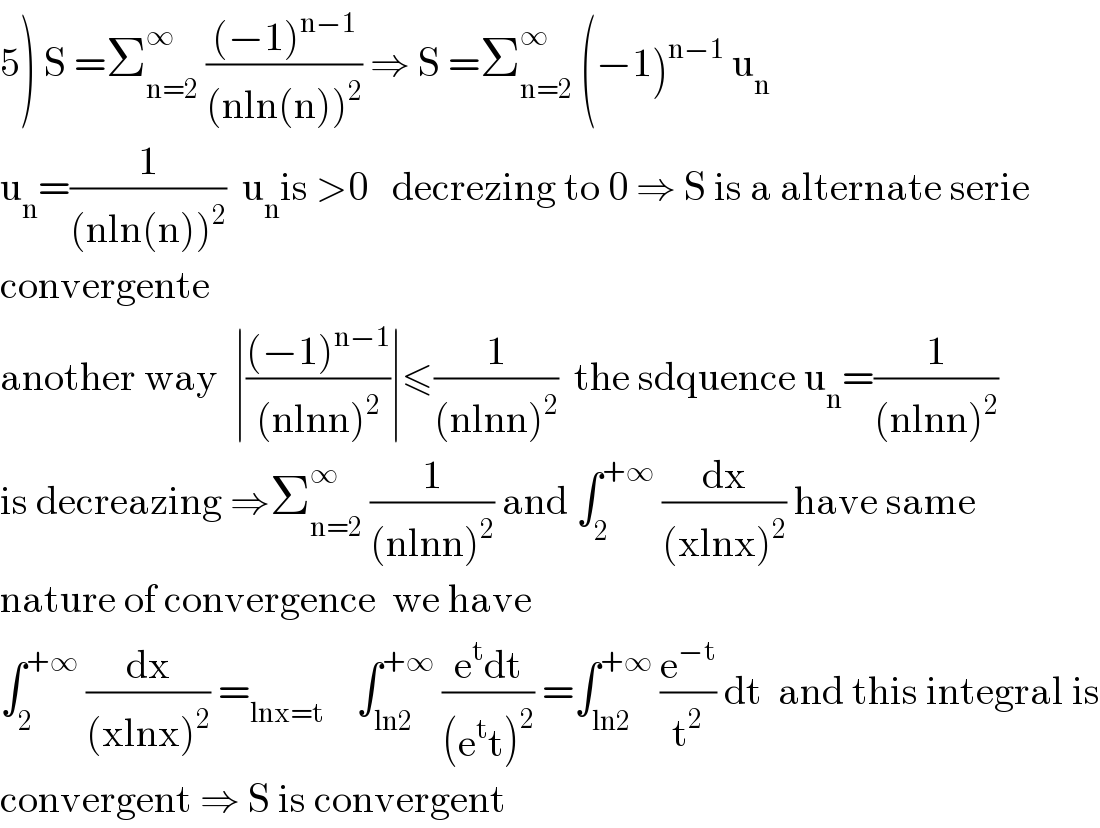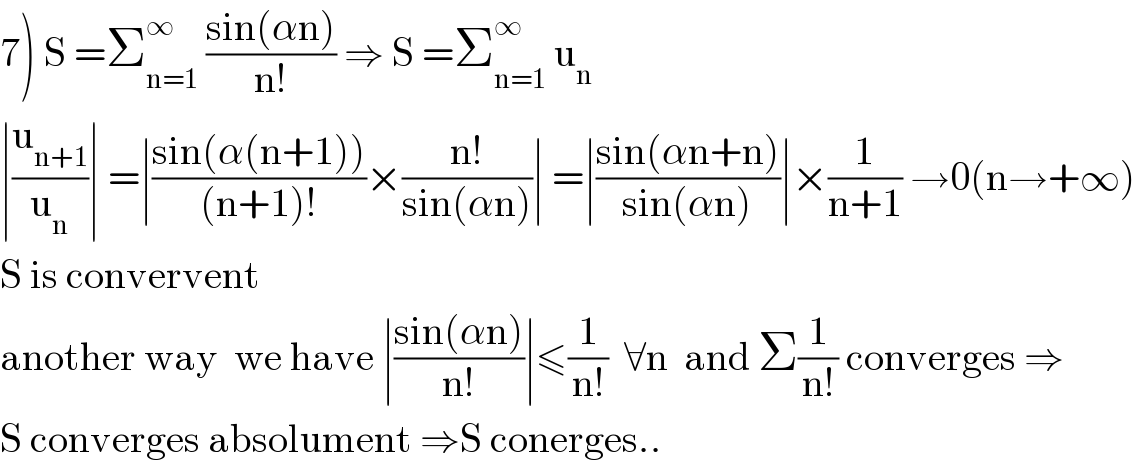
Question and Answers Forum
Question Number 106246 by mohammad17 last updated on 03/Aug/20

Commented by mohammad17 last updated on 03/Aug/20

Commented by mathmax by abdo last updated on 04/Aug/20

Commented by mohammad17 last updated on 04/Aug/20

Answered by mathmax by abdo last updated on 03/Aug/20

Commented by mohammad17 last updated on 04/Aug/20

Commented by mathmax by abdo last updated on 04/Aug/20

Answered by mathmax by abdo last updated on 03/Aug/20

Commented by mohammad17 last updated on 04/Aug/20

Commented by mathmax by abdo last updated on 04/Aug/20

Answered by mathmax by abdo last updated on 04/Aug/20

Commented by mohammad17 last updated on 04/Aug/20

